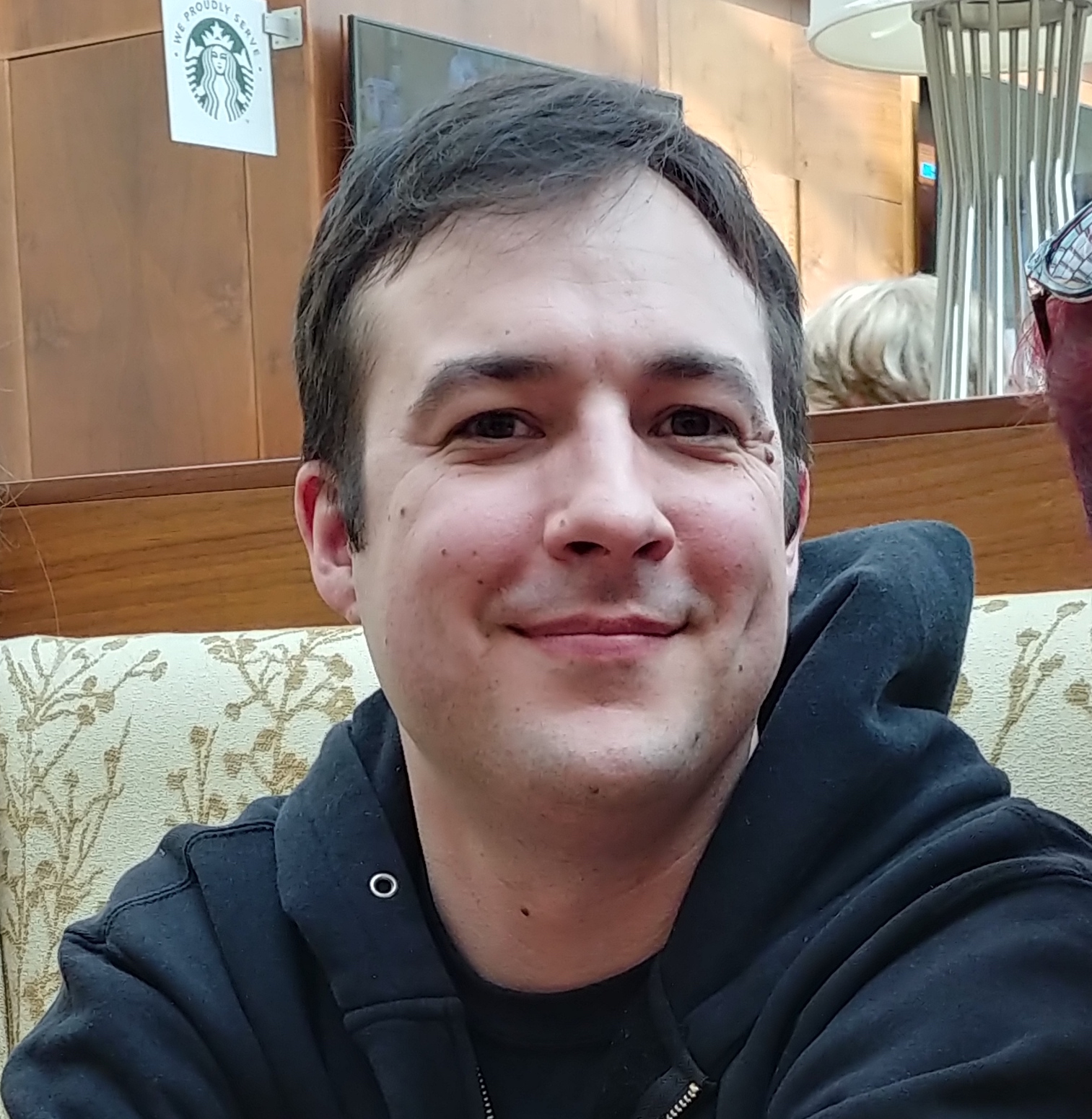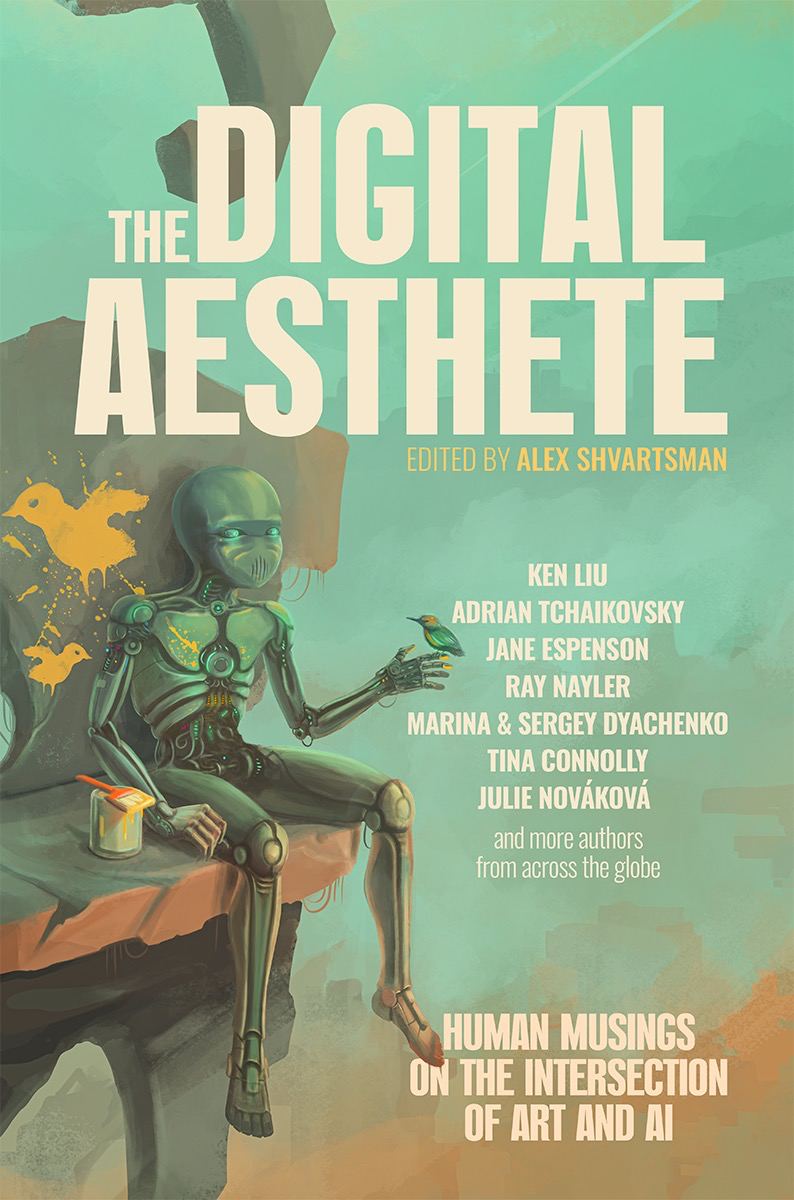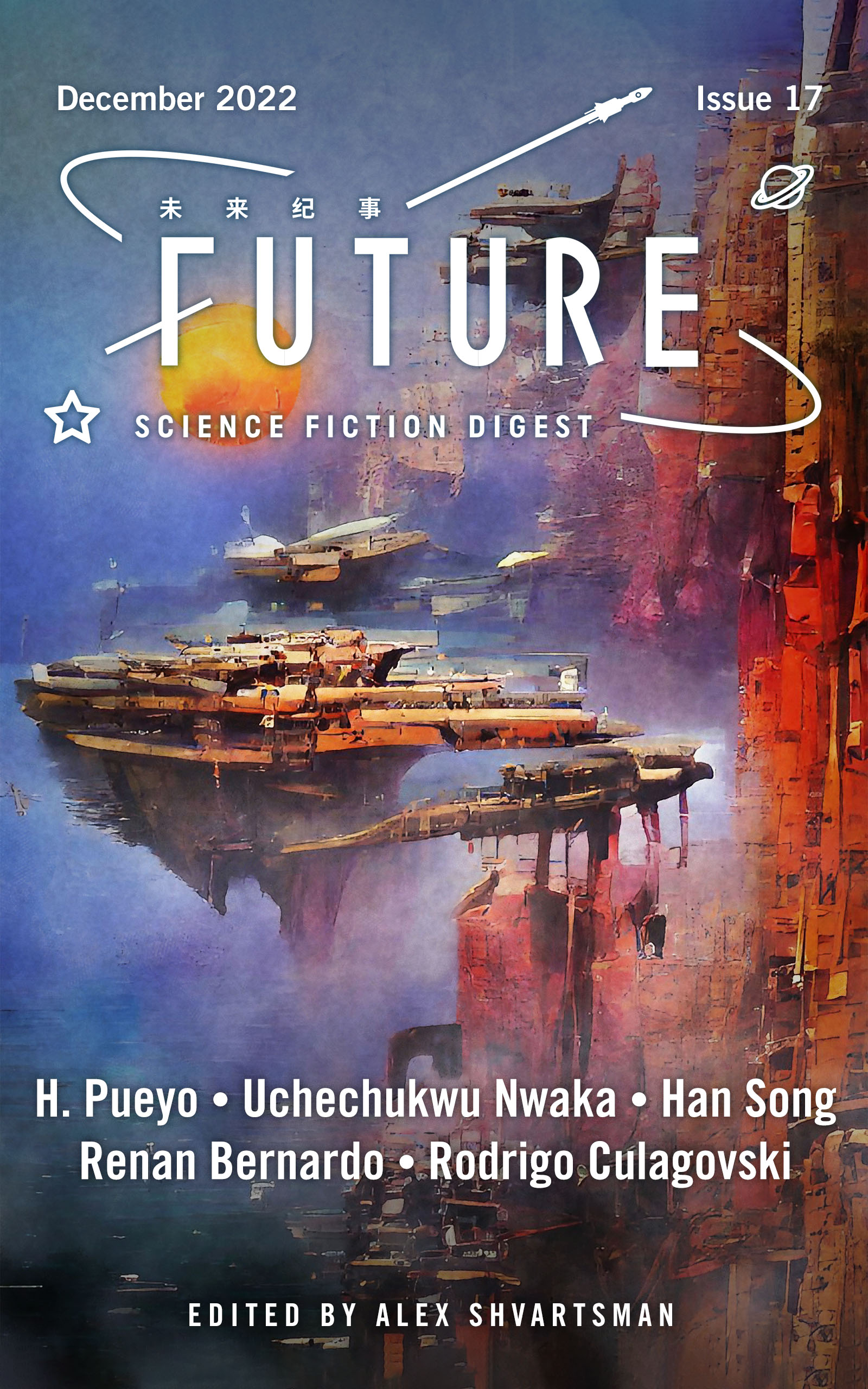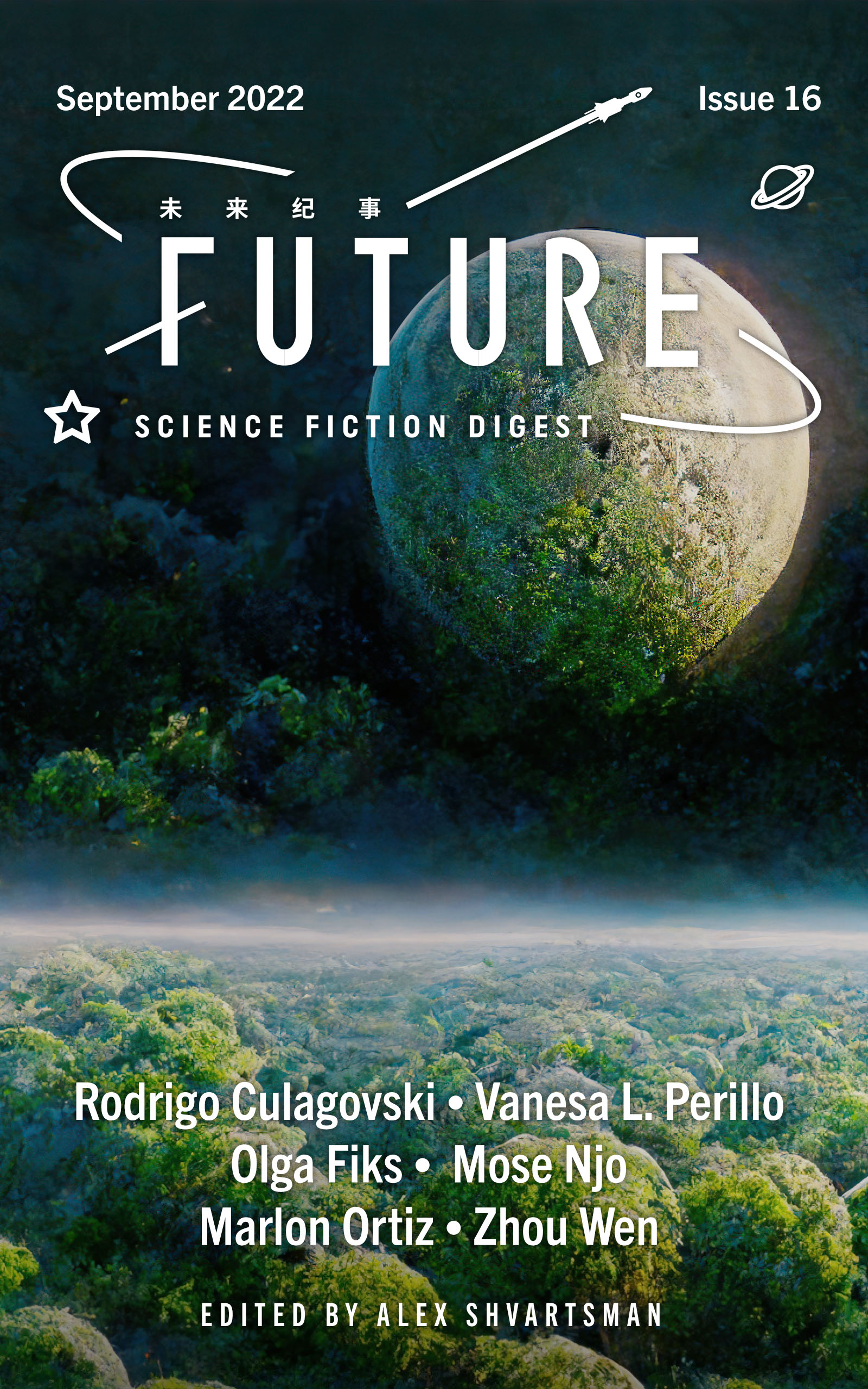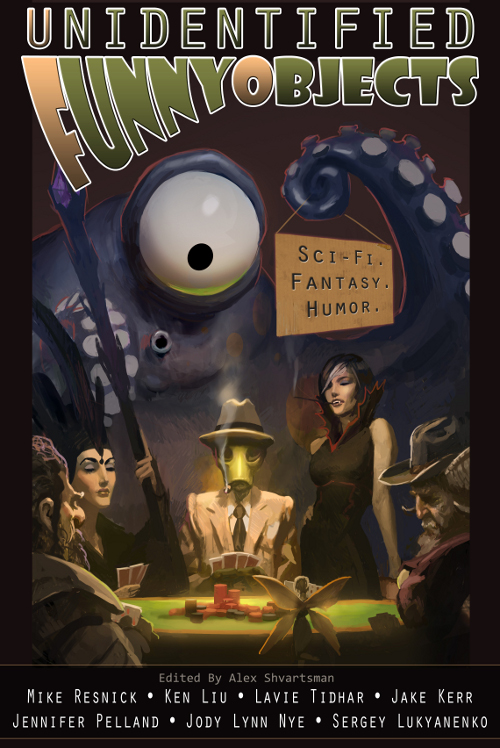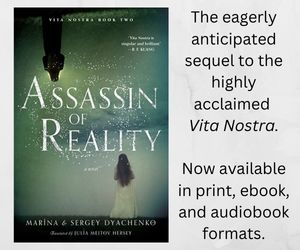Josh Pearce Reviews Dune: Part One
Alejandro Jodorowsky in the ’70s, David Lynch in 1984, the Sci Fi channel in 2000 (and again in 2003)—until now, attempts to bring Frank Herbert’s 1965 novel to the screen have failed to encompass its scope and grandeur (or, in some cases, spectacularly failed to bring anything to screen). But director Denis Villeneuve has taken a big-budget, star-studded crack at it, and it’s got all the right pieces in all the right places.
To recap the surface-level plot, for those who haven’t ever read or seen Dune (and some spoilers throughout this review):
The desert planet Arrakis, known as Dune, is the only source in the galaxy for a hallucinogenic spice that allows humanity to navigate between stars. Whoever controls Dune controls the spice, and, effectively, the galaxy. The feuding houses of Atreides and Harkonnen battle for the planet, influenced in various ways by external forces, including the Emperor of the Known Universe and his armies, the matriarchal Bene Gesserit missionaries (who “steer the politics of the Imperium from the shadows”), and the Fremen, Dune’s indigenous desert tribes.
Giant sandworms also roam the deep desert, eating anything they find on the surface. Young Paul Atreides (Timothée Chalamet) navigates this harsh world, and these lethal political machinations, while also suffering from prophetic dreams that point him down a dangerous path.
Villeneuve’s version contains some great-looking science fiction set pieces. There are unadorned, geometric slabs of spaceships that look like Apple products, which work visually just as eerily as they did in Arrival. The ornithopters have dragonfly wings, perhaps recalling Jodorowsky’s poem to the concept artist on his own film: “Humming-bird ornithopters / Sipping the thousand-year-old nectar of dwarf stars.”
Much of the combat is mêlée, but if you want to have cool swordfights in your (non-fantasy) movie, you need to come up with a good reason why no one uses guns. In Star Wars, it’s because lightsabers can block and deflect gunfire. In Dune, it’s because characters wear energy shields that only allow objects going below a certain speed to pass through—thus ranged weapons are ineffective. (No one uses computers, either, but that’s a different story.)
In Villeneuve’s characteristically muted color palette, the only flashes of color are the blue and red flashes of the shields, color-coded red whenever someone receives a lethal wound, making it easy for the audience to see and understand what’s happening in a chaotic battle sequence. Also visually clever, one character’s death sprays water across the desert instead of blood. These embellishments keep the violence visceral while maintaining a PG-13 rating.
The effects look great, and Villeneuve excels on a cinematographic level. Blade Runner 2049 and Enemy, whatever their other flaws, are visual feasts, and Dune continues to showcase his punctiliousness on a frame-by-frame level. (You even had to throw another creepy giant spider monster in there, didn’t you, Denis?)
There’s a lot going on, and this adaptation eschews opening text crawls or voiceovers, opting instead to embed its exposition in a more organic way. As an admitted fan of the series, I had little problem following what was happening, but newcomers might be overwhelmed by the complexity of the Dune universe.
Even at a two-and-a-half hour runtime, not everything can be fitted in. Certain details of the worldbuilding are left unexplained, such as what a Mentat is, and why they exist; the significance of Dr. Yueh’s tattoo; and the stipulation that, once drawn, a crysknife cannot be returned to its sheath without tasting blood. Other original additions are a delight, particularly the throat-singing Sardaukar priest.
Still, the major plot points are communicated clearly—spice, sand, big worms. There’s an all-star cast: Rebecca Ferguson presents a kick-ass Lady Jessica, while Javier Bardem steals the few, brief scenes that feature Stilgar. The first half of the movie isn’t even Paul’s story—he’s just a boy being dragged through events, having dreams. The main characters of part one are Duncan Idaho (Jason Momoa) and Liet Kynes.
The biggest deviation from the text, and the most interesting casting choice, is Sharon Duncan-Brewster as the Imperial ecologist Liet Kynes. Frank Herbert said in a 1969 interview that Kynes represented the “Western man,” and Western culture’s attempts to “overcome nature by a mathematical means.” In fact, Herbert regarded Kynes (and especially the fact that the planet kills the planetologist) as pivotal to the story.
Though Villeneuve has said the decision was made to add more strong female leads, gender- and race-swapping that particular character may also have fundamentally altered one of the novel’s central points. The full ramifications of this change remain to be seen (it’s impossible to judge a story by only its first half), but it could impact Kynes’s role as the secret leader of the Fremen and candidacy as their prophesied savior, as well as Chani’s parentage, and Dune’s theme of terraforming as colonialism and the erasure of a culture.
Or those may all be examples of the kind of in-depth material that gets buried beneath the surface-level story when edited for the big screen. In its original form, Dune is a critique of messianic stories (notably T.E. Lawrence in Arabia). Over the decades it has been subject to intense scholarly scrutiny by people far smarter than me for its contribution to white savior narratives, so it also remains to be seen in this version whether Paul’s ascension to power is portrayed as a triumph (as in Lynch’s version) or ultimately a tragedy—for himself, his family, the Fremen, Arrakis, and the entire galaxy (as in the original text).
A spice-induced vision of galaxy-consuming religious warfare seems to indicate that Villeneuve is going with the latter interpretation. Hans Zimmer’s haunting score (HBO subtitles it as “dramatic lamentation music” several times) is fitting for Dune-as-tragedy.
The Sci Fi miniseries still remain the most thorough adaptations, as they also contain Dune Messiah and Children of Dune, completing Paul’s rise and fall. Villeneuve has plans to adapt Dune Messiah to round out a trilogy of films, but as it stands Dune: Part One is beautiful and largely faithful. It has enough of an arc to feel like an actual movie and not an excerpt. Though famously philosophical, the book’s action is forefronted to provide several visually exciting scenes. It is not (yet) the story of Dune, but it is a story of Dune.
Do we strictly need still another remake…? Probably not, yet the density of the visuals and the layers to the worldbuilding compel repeat viewings. It may serve as an excellent introductory experience to the Dune universe, encouraging first-time visitors to exit the movie theater through the bookshop and read Herbert’s novel before part two comes out.
Herbert, from that same above interview:
“Now it’s my contention that the difference between a hero and an anti-hero is where you stop the story, and if you’re true to life... then the story goes on, because human beings go on. Now, you can confine your story to one individual, and therefore as far as he’s concerned the story begins with birth and ends with death. But if you’re dealing with larger movements... then there is no real ending. It’s just the place where you stop the story.”
Directed by: Denis Villeneuve
Written by: Jon Spaihts, Denis Villeneuve & Eric Roth, based on the novel by Frank Herbert
Starring: Timothée Chalamet, Rebecca Ferguson, Oscar Isaac, Jason Momoa, Stellan Skarsgård, Stephen McKinley Henderson, Josh Brolin, Javier Bardem, Sharon Duncan-Brewster, Chang Chen, Dave Bautista, David Dastmalchian, Zendaya, Charlotte Rampling & Babs Olusanmokun

